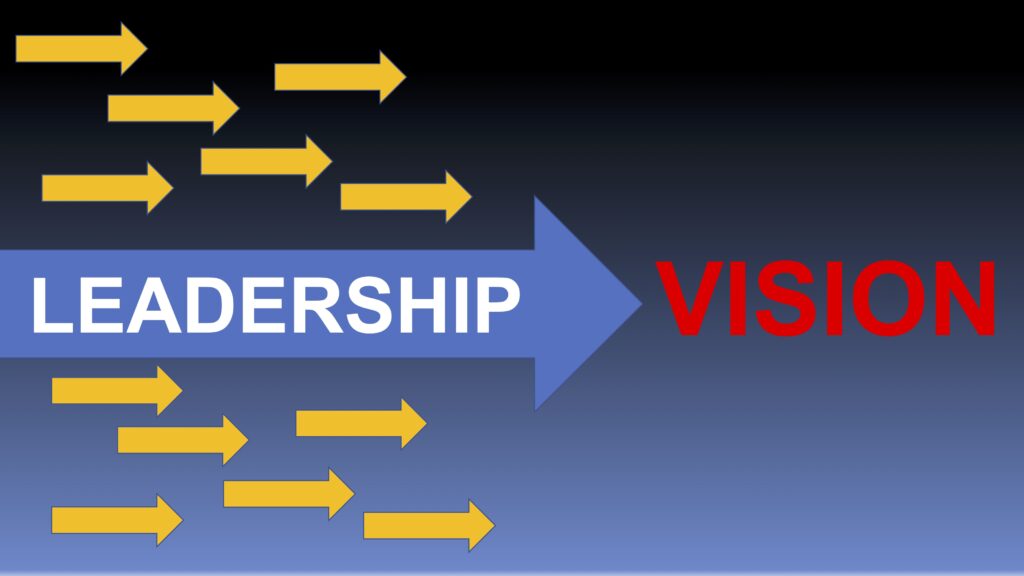
Defining Leadership
Leadership is a topic of great interest, mainly to people who view themselves as leaders. If you got 100 leaders in a room and asked them what they thought leadership was all about you would probably get 100 different answers. Why is that?
There are probably thousands of books written about leadership, hundreds of college courses on leadership, and just as many consultants for leadership training. With all this information on leadership it seems there is still little consensus on the subject. Again, why is that?
Why is that?
To answer “the why is that” question, let me ask you another question. How many of those books, courses, training sessions, or discussions on leadership began with a definition? I’ll bet not many.
Since this blog is going to be about Authenticity Based Leadership, it is critical that we all have a starting point from which discussion can begin. That starting point is a working definition.
As you may know, I am a former Marine Officer. One of the things the Marine Corps is noted for is its leadership, and yet even the Marine Corps says that defining leadership is difficult.
“Leadership is intangible, hard to measure, and difficult to describe.”
General C. B. Cates, 19th Commandant of the Marine Corps
The idea is new
Leadership is a relatively new concept. That is because it is only important in free societies where people have a choice to follow someone or not. In fact, prior to the middle 1800s the idea of developing leadership traits did not really exist.
Prior to the 1800s a leader was the one in front, as in the one leading a charge in battle. The idea of a leader being charismatic or being able to inspire the troops wasn’t important, since the troops were compelled to fight by order of a king or ruler. The guy in front was given the authority to lead by the king, and the troops had no choice but to obey.
In a free society followers have a choice. Choosing to follow someone requires certain traits on the part of the leader. But what are those traits?
My working definition
Leadership is the act of executing a vision. It requires a leader who exhibits the following traits.
- A leader knows himself or herself. They know who they are and their capabilities. They are authentic.
- A leader knows his or her followers. They know the identities and talents of those on their team. They allow and encourage followers to be authentic.
- A leader believes in and is able to communicate a vision. It is important to note that the vision does not have to originate with the leader.
- A leader inspires others to follow a vision. He or she gives clear directions and leads by example.
Whether you are engaged in business, politics, or religion the definition and traits of leadership are the same. And the key component of leadership is vision. Vision is all about knowing where you are going and why. Visions are created by visionaries, some of whom are also leaders capable of executing the vision, but not always. A leader is inspired by a vision, whether his own or someone else’s, and desires to see it fulfilled.
Authenticity Based Leadership occurs when both the leader and the followers are authentic—they know who they are and their unique gifts—and are engaged in accomplishing a vision. Each person’s gift is vital to the vision and the leader directs and develops those gifts for its accomplishment.
Coming soon
We will discuss each aspect of this definition in more detail as we progress in our conversation, so hang in there. And having said that, your discussion on these subjects is welcomed and valued, so please let me know your thoughts.


